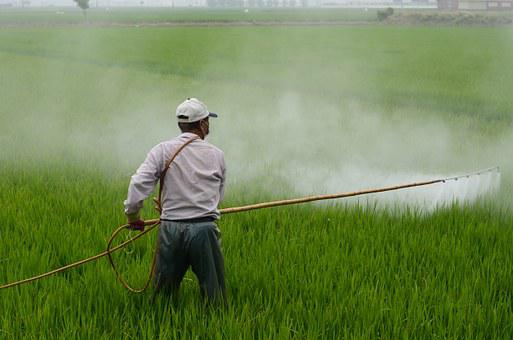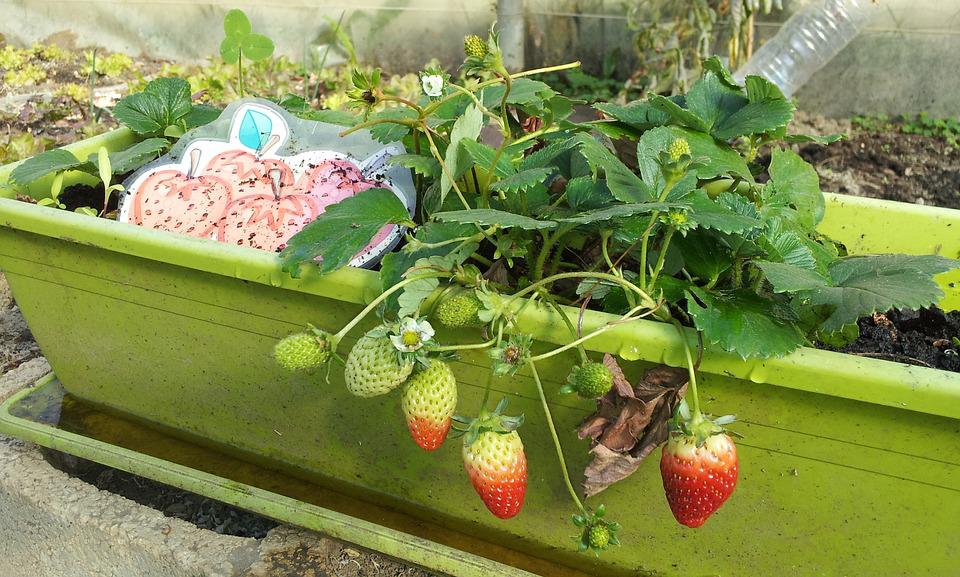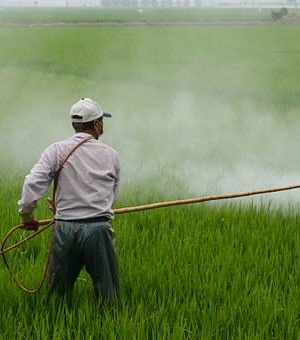The European Union has among one of its objectives the protect health of its citizens through the application of a series of regulations related to agriculture, livestock and food. Next we will tell you if our food is safe from pesticides.
EU regulations
the whole chain of production y transformation of food in the community countries is, or should be, controlled by current regulations and legislation. This regulation also applies to imports and exports of products. Despite this, the system EU food safety It's not as safe as we thought. 3% of the foods we Europeans eat have levels of pesticides above the maximum allowed.
According to a study carried out by the Pesticide Action Network, in recent years there has been a considerable increase in the levels of dangerous pesticides present in fruits y vegetables that are marketed in the EU. This increase confirms the refusal or the government ineffectiveness as far as respect for community directives is concerned.

The data speaks for itself
In 2014, 2,9% of the samples taken by the EU analyzes resulted in a level of pesticides above those established by the regulations. The samples carried out in 2015 yielded the same data as the previous year, but it is in 2016 that a Uptrend of these levels. According to the data provided by the PAN, in 2016 the 3,8% above of the permitted levels.
It is true that the compliance values exceeded 96% in those three years, coming to be understood as satisfactory for the organizations of the European Union. But reality is also harsh, since it can be seen that there is a specific percentage that does not respect the law. The most worrying data comes in 2019, when the results of the analyzes showed quite negative results. That same year, 2,7% of the foods analyzed exceeded the toxicity level permitted by regulations. But the alarming data comes when analyzing fruits and vegetables, in which it is found that 30% of them showed levels of pesticides above what is recommended.
Spain in the queue
Another aspect that calls into question the surveillance system carried out by the European Union is the small number of samples that are subject to analysis. Thus, in Spain, the samples analyzed were 2.295, 2.186 and 2.384 in the years 2014, 2015 and 2016, respectively. These data place us in the caboose of our environment in terms of the number of samples analyzed following the recommendations of current European regulations.
Even so, compared to other neighboring countries, Spain does not fare so badly. Considering the sampling discretion Spanish, this stain is accompanied by the 'honor' of being the country that uses the least number of pesticides. Taking into account the data of the year 2016, in Spain 571 pesticides were detected, compared to 682 in Germany, 499 in Italy and 566 in our French neighbours.
In spite of problem that this type of substance supposes, Spain returned to lead sales of pesticides in Europe in 2019. This is reflected in the data published by Eurostat, which places our country in the lead of the marketing of these pesticides.
According to the platform Ecologists in Action, although the levels of pesticides are below the legal limit allowed, that does not mean that these substances are not causing a harmful effect about our health.

What to do against this problem?
To deal with this problem there are two different solutions possible. The first, and most important, is for EU governments to be sanctioned by the European body. All in order to put a stop to the improper use of pesticides and thus be able to comply with current regulations and legislation.
And the second is in the hands of the citizens themselves. More and more people are betting on new feeding modes. It can also be seen how different administrations make small plots of land available to interested parties where what are known as urban gardens. Or if the circumstances of each one allow it, plant in your own house what you want to consume. In addition, more and more establishments or supermarkets proliferate in which this new mode of consume. And you, Do you dare to change your eating habits?







